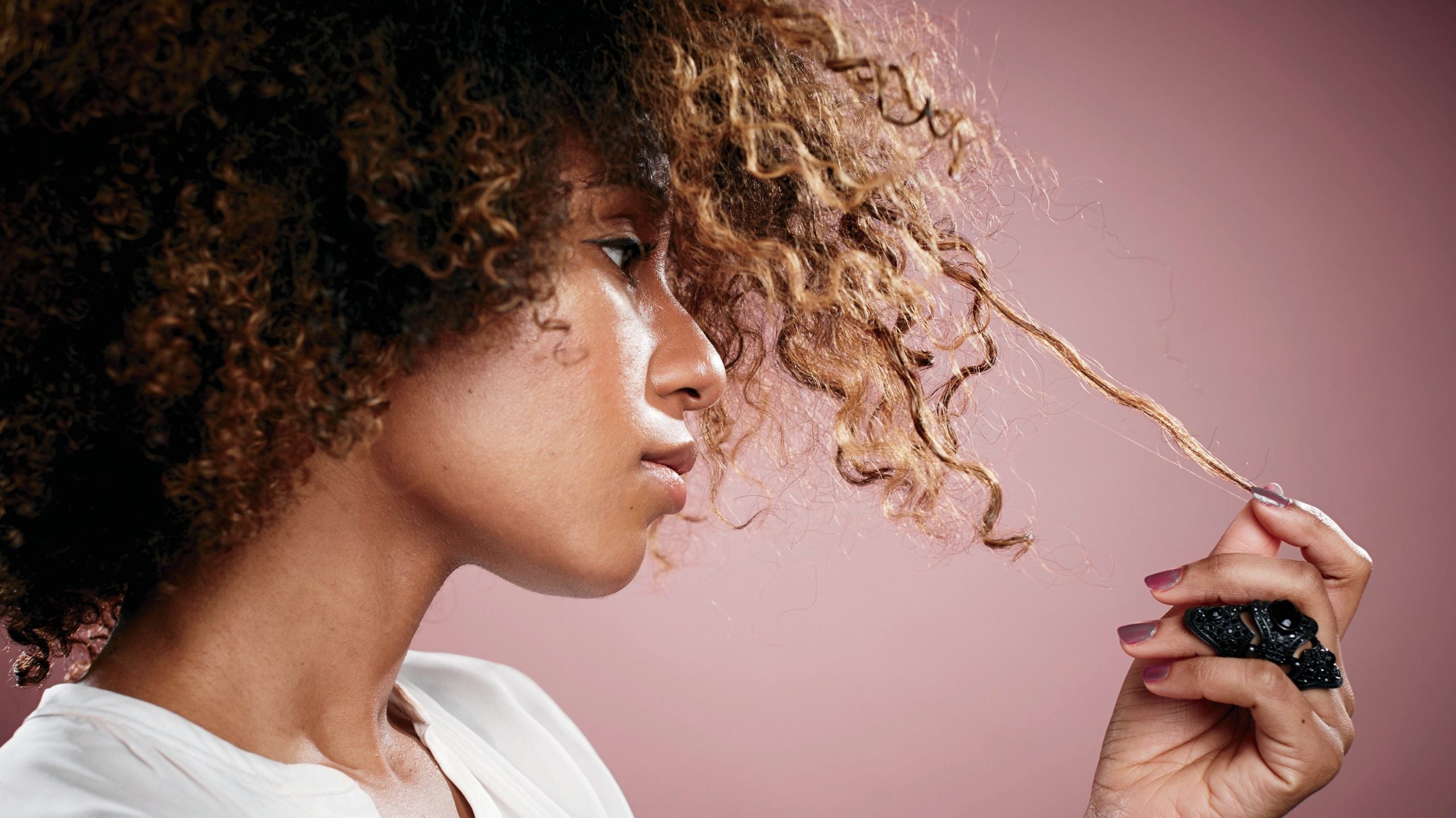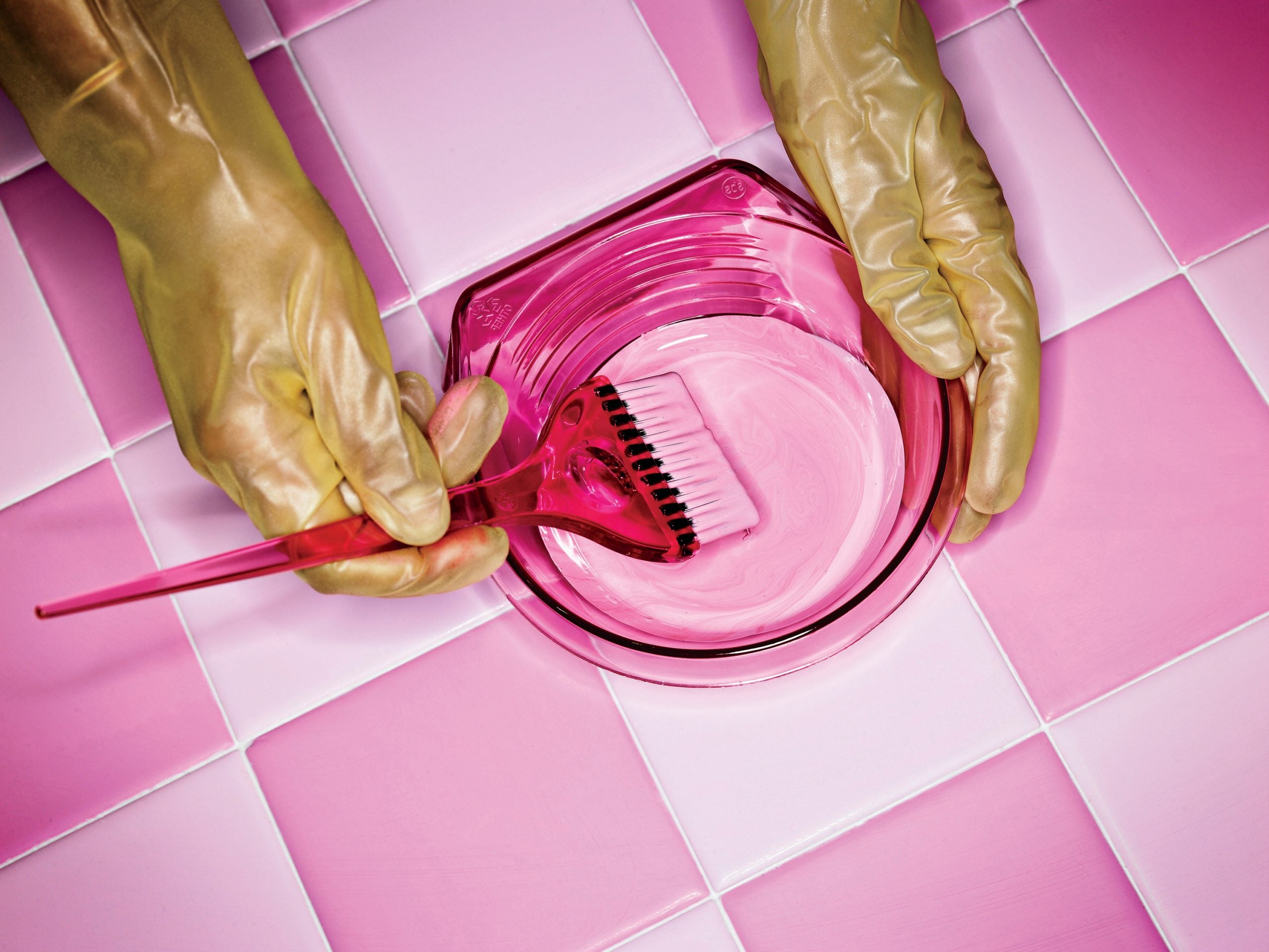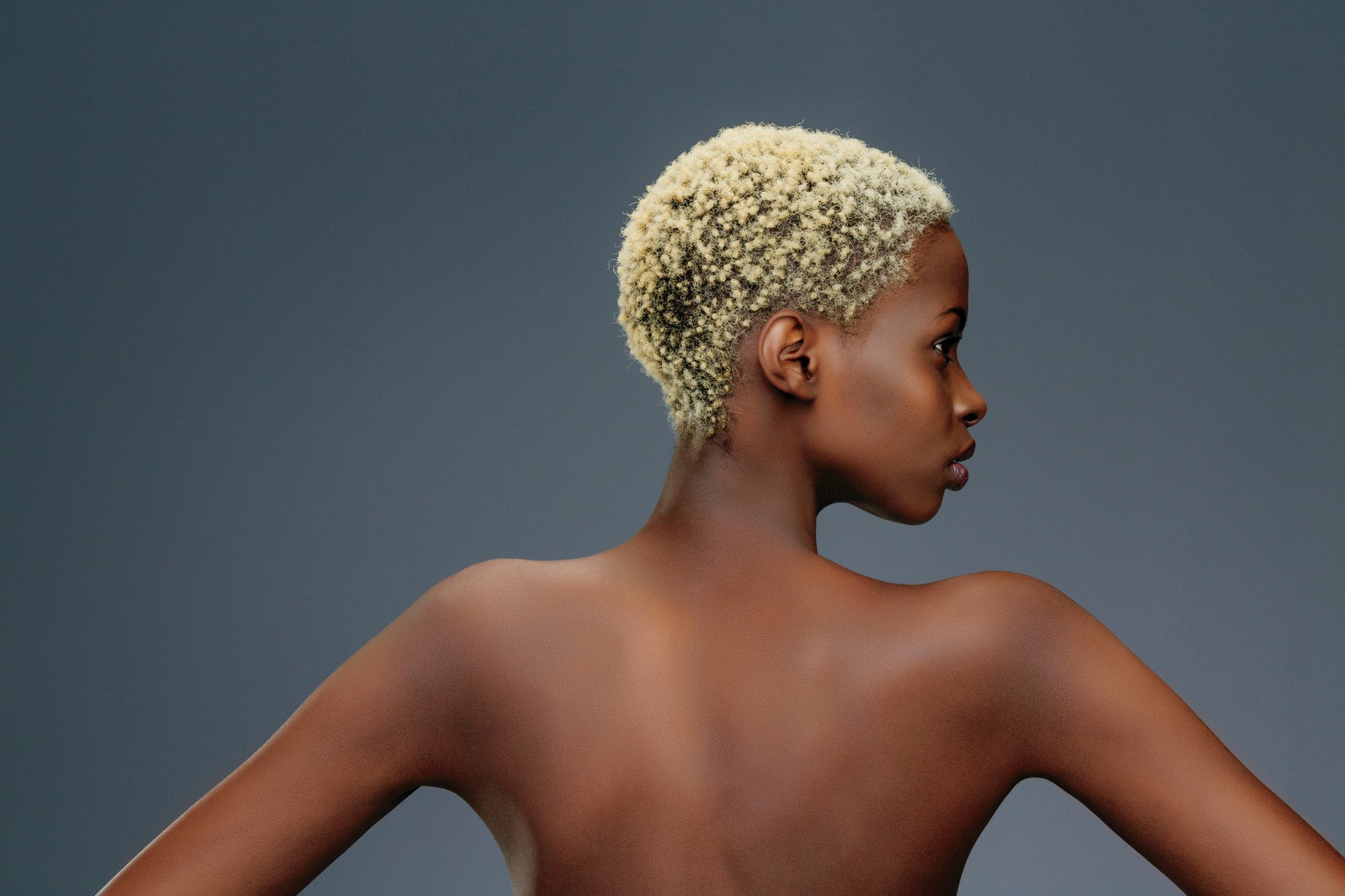
Quarantine dye jobs just might replace the breakup haircut as Black women grasp for normalcy during a global pandemic, but whether chemical hair styling takes place at a well- equipped salon station or over a cluttered bathroom sink, the risks are the same. In a medical study, certain chemical dyes and hair straightening processes have been linked to a 45 percent increased chance of developing breast cancer.
The Centers for Disease Control and Prevention reports that Black women are 41 percent more likely to die from breast cancer than their White counterparts. Now, as COVID-19 highlights the gross inequalities in health care and access to wellness resources, any risk to our community has become potentially more severe. ESSENCE consulted with dermatologists and hair care professionals to learn about possible protective solutions. Here are five things they want you to consider before becoming a kitchen beautician.

KNOW WHAT YOU’RE READING
Jeanine B. Downie, M.D., a dermatologist in Montclair, New Jersey, notes that some studies refer specifically to permanent hair dye and not the semipermanent versions many women use at home. Rasheena Brooks, a Union, New Jersey-based hairstylist who began practicing as a licensed professional in 2000, explains that, unlike permanent hair dyes, semipermanent options do “not completely penetrate the cuticle layer of the hair.” She points out that the American Cancer Society has stated that permanent hair dyes are the only type to “cause lasting chemical changes in the hair shaft.”
Downie emphasizes the importance of knowing as much as you can about a medical study when evaluating its merits. Gaining all the relevant information puts you in a position of power and reduces your reliance on third-party sources that might present misleading data.
KNOW YOUR PERSONAL RISKS
Downie recommends that before you choose any type of chemical styling option, assess additional factors that may contribute to individual risk, including weight, environment, and stress load. Burlington, Vermont–based dermatologist Laura McGevna also advises that you minimize exposure to toxins elsewhere in your life. “Avoid tobacco entirely,” she says. “Limit alcohol. Make exercise a habit. Optimize your health. These are things we can do to the assistance of a board-certified dermatologist who understands your hair type and your ethnicity,” says Downie.
KNOW THAT NOT ALL STYLES ARE CREATED EQUAL
Dyes do not take to all hair colors and skin tones in the same way. Before you settle on a look, realistically think about the level of risk it would take for you to achieve it. “Darker colors and relaxers often contain more chemicals, and in women with skin of color, sometimes longer contact times are required to achieve the intended cosmetic result,” notes McGevna. “Try to limit the time the dye or straightener is on the scalp.”
If you do choose to go with one of these styles, you can help to protect your skin by repurposing some of your maintenance products. For example, it
turns out that the coconut oil that’s already on your shelf can do more than moisturize your skin and make your man act right. The oil can also serve as a protective barrier for potentially dangerous chemical processes.
Put a generous coating of it “on the thin, delicate skin of the hairline and around the ears so that the chemicals don’t touch that highly absorptive skin,” McGevna advises. Worried about weighing down your strands? “The best oil in the world that doesn’t clog the pores or hair cuticle is argan oil,” says Brooks. “One hundred percent argan oil is best.”
KNOW WHAT’S IN YOUR PRODUCTS
“Buildup [from] thick pomades or oils can also be a risk,” says McGevna.“Switch to trusted beauty products with safe, more natural ingredients so you know what is touching your skin.” Brands sometimes change their formulations, so “check your product ingredient list often so you know what you’re getting,” she adds. Camille Howard-Verovic, D.O., a New York City-based dermatologist, also recommends looking over ingredient lists conscientiously and taking care not to be easily swayed by marketing terms, which can be “very sexy” and “very appealing.”
She suggests that women research potential products thoroughly before they set foot in a store or a salon. Terms such as “sulfate-free,” “clean” or “made with essential oils” can be seductive, but companies can make those claims without having to prove them. If an item contains formaldehyde or formaldehyde releasers such as quaternium-15, it’s a no-no.
Instead of focusing on what products brag about lacking, find out what is actually in the formula. “If ingredients have a long name or it’s something you can’t read, those are the ingredients to stay away from,” says Brooks. “You want products that are as natural as you can get.”

KNOW WHERE TO FIND MORE INFORMATION
The FDA does not approve every individual ingredient added to hair dyes before they make it to shelves. As a result, both Howard-Verovic and McGevna advise seeking options with approvals from the European Union, which McGevna notes, “has more stringent regulations than we do in the U.S.”
Black women can also look to one another for support here at home. Latched and Hooked owner Tiffini Gatlin, whose Atlanta company offers nontoxic synthetic hair extensions, founded the Black Consumer Beauty Protection group on Facebook. The group allows members direct access to chemists, stylists and other Black women who have similar concerns.
“I’ve actually done one Facebook Live with a cosmetic scientist,” she says. “We talked about scalp irritation and different chemicals and what we can do to get our scalps healthy. I’ll continue to have ongoing conversations like that because I think it is important for consumers to have awareness.”
There’s also an app called EWG Healthy Living that allows you to evaluate the risk of a product you’re considering right from your smartphone. Developed by a nonprofit watchdog organization called Environmental Working Group, which aims to “empower people to live healthier lives in a healthier environment,” the app accesses a database of information that categorizes products into “clean” levels based on their ingredient standards.
The ultimate tip? When in doubt, whip out your phone and seek answers to McGevna’s three go-to questions: Do I know the ingredients? Have the ingredients been shown to be safe? Are the ingredients banned in other countries for safety concerns?




